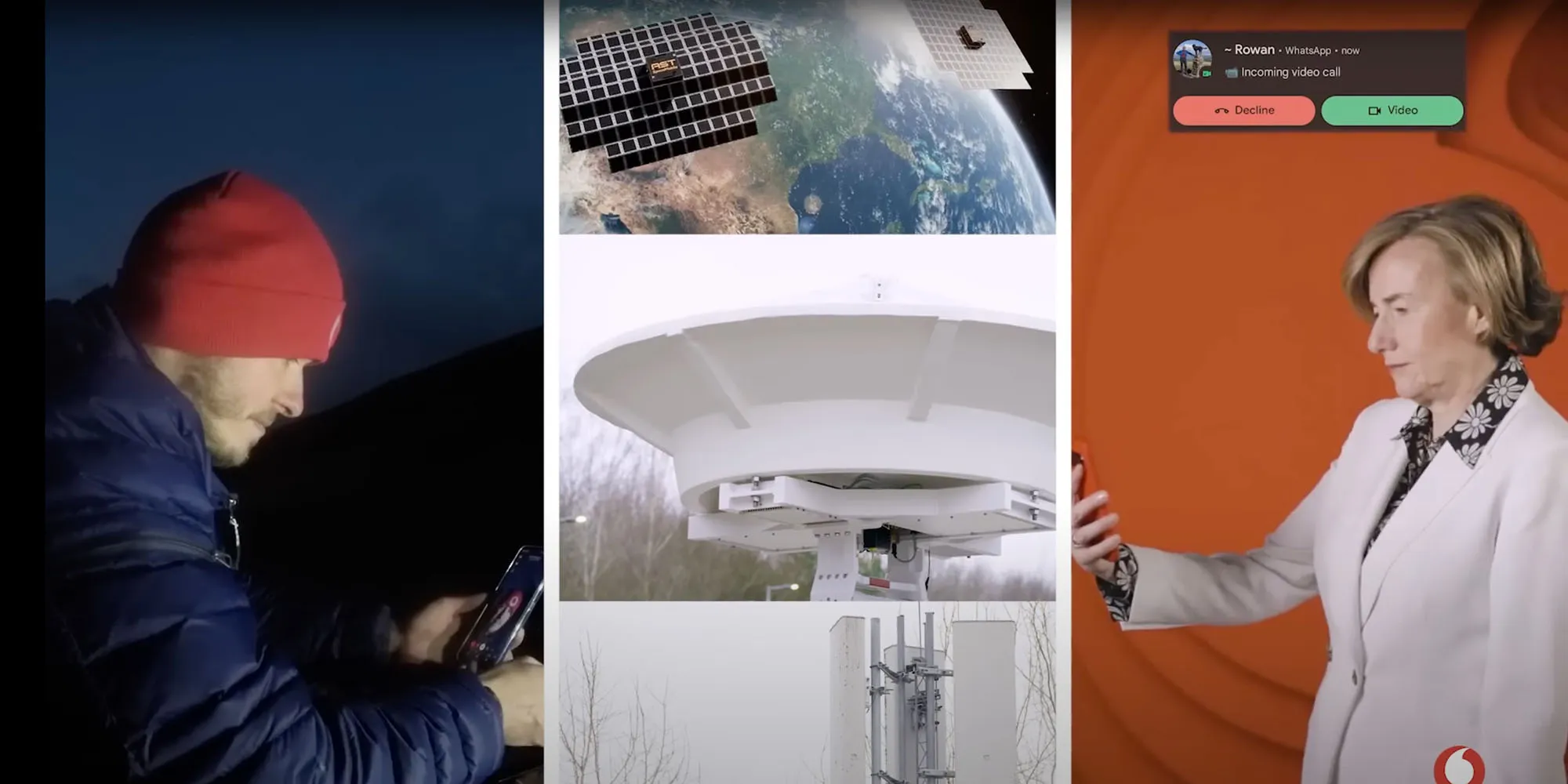Apple is planning some big changes to how the iPhone looks this year, according to leaks from a popular Weibo account.
A user known as “Digital Chat Station” mentioned that the iPhone’s design is going to change a lot in 2023. The “iPhone 17 Air” is said to have a new look with a long, bar-shaped camera setup on the back. Meanwhile, the Pro versions are expected to sport a wide, horizontal grid-like design.
Recently, another leaker, Jon Prosser, showed off a picture of what the iPhone 17 Pro might look like. It shows the three back cameras in a triangle, but inside a new, wide bar that stretches across the phone’s back. The iPhone 17 Air is also expected to have this same kind of camera bar.
Back in November, Wayne Ma from The Information hinted that the iPhone 17 Pro models would have a back made partly of aluminum and partly of glass. The upper part would be aluminum, housing a larger rectangular camera bump, while the lower part would still be glass for wireless charging.
In addition to these design shifts, there’s talk of a new, big foldable iPhone coming soon, which could shake up the market. Digital Chat Station has a track record of being right about things like the iPhone 12 mini’s screen, the iPhone 15’s camera upgrades, and the size of the iPhone 16 Pro.
We can expect to see these new iPhone 17 models hit the market in the fall, as usual.





